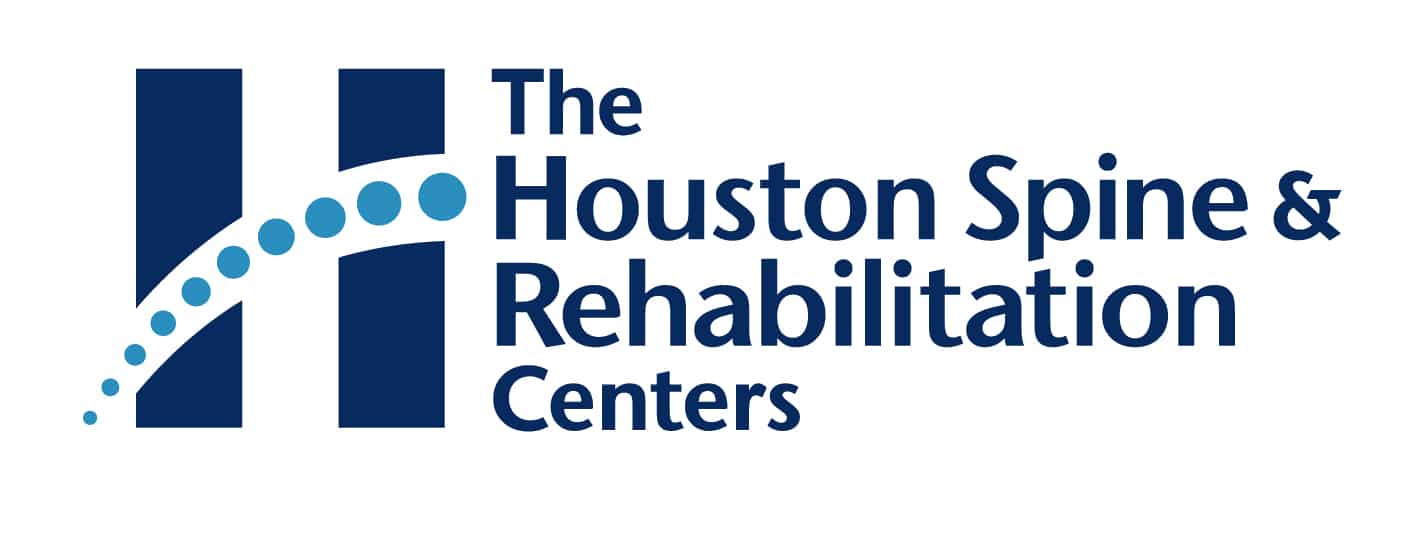In today's busy work environment, back pain has become a common complaint among employees, affecting not only their productivity but also their overall health and well-being. Whether it's a result of poor posture, prolonged sitting, or an improperly set up workspace, the discomfort can be debilitating. However, understanding the causes and implementing ergonomic solutions can significantly alleviate, if not entirely prevent, workplace-related back pain. In this article, we will discuss the importance of ergonomics and strategies for minimizing back pain in the workplace.
Understanding the Causes
The root causes of back pain in the workplace are multifaceted. Poor posture, a frequent culprit, is often due to sitting for extended periods without adequate back support, leading to strain on the spine. An improper work environment, such as a desk setup that forces unnatural positions or movements, can exacerbate this issue. Recognizing these factors is the first step towards creating a healthier workspace.
Importance of Ergonomics
Ergonomics, defined as the science of designing workplaces to meet the specific needs of users, is an important component for preventing back pain, a common ailment among office workers. By creating an ergonomic office environment, individuals can ensure the preservation of the spine's natural curvature and stave off the development of pain.
Making your work environment more ergonomic starts with choosing appropriate furniture, such as chairs with adequate lumbar support and desks at the correct height and arranging these elements in a manner that promotes a healthy posture throughout the day.
Moreover, incorporating ergonomic tools like adjustable monitor stands, ergonomic keyboards, and footrests can further improve your workspace, aligning it more closely with your physical requirements.
An ergonomically optimized workspace not only helps you maintain proper body alignment but also significantly minimizes the strain exerted on your back muscles. Consequently, this decreases the likelihood of sustaining injuries related to poor posture and repetitive strain.
Investing in ergonomics is not just about creating a comfortable work environment; it's a preventive measure that can lead to a healthier, more productive workforce by reducing the incidence of back pain and related disorders.
Practical Tips for Better Posture
Maintaining good posture throughout the workday helps prevent back pain and other musculoskeletal problems. Below, we provide you with practical tips and strategies to achieve better posture, whether you're sitting at a desk, standing, or moving around in your workplace.
1. Configuring Your Display
Position your computer screen at eye level to avoid straining your neck and shoulders. This simple adjustment can prevent you from consistently looking up or down, reducing the risk of fatigue.
2. Ergonomic Chair
Invest in a chair that supports the lumbar curve of your lower back. Ensure that you can sit back comfortably with your thighs horizontal and knees at hip level, with feet resting on the floor or a footrest.
3. Avoid Using Your Cell Phone Screen
Limit the use of cell phones or tablets for long email sessions. These devices encourage poor posture, so it's better to use a computer at a properly arranged desk for extended work.
4. Positioning and Keyboard Methods
Adjust your keyboard height so your elbows are bent at about 90 degrees, helping to prevent shoulder slumping. This position supports a healthier posture while typing.
5. Computer Glasses
For those who wear progressive lenses, consider getting a pair of computer glasses. Regular progressive lenses require tilting your head to see the screen clearly, which can lead to neck fatigue. Computer glasses are designed to eliminate the need for this tilt.
Incorporating Movement
Incorporating physical activity and stretching into your workday is key for preventing muscle stiffness and tension. Simple exercises and regular breaks to stand or walk can make a significant difference in managing back pain. Additionally, using a standing desk or balance ball chair can promote movement while working. Stretching your back muscles and taking regular breaks to move around will help alleviate strain on the spine.
Exercises at Work
Introducing simple, yet effective exercises into your work routine can have a profound impact on alleviating back pain. Incorporating these activities helps in keeping the muscles flexible and strong, supporting the spine, and reducing the likelihood of discomfort. Below, we highlight a series of exercises designed to be done at or near your desk, aimed at preventing and reducing workplace-related back pain. These exercises can easily be integrated into your daily work life, requiring minimal time while offering maximum benefits for your back health.
- Neck Tilts: Gently tilt your head towards each shoulder to stretch your neck muscles.
- Shoulder Shrugs: Lift your shoulders towards your ears and then release to relieve shoulder tension.
- Spinal Twist: Sitting in your chair, turn your torso to one side, hold, and then switch to the other side to stretch your spine.
- Wrist Flexes: Extend your arm forward, palm up, and gently pull back on your fingers with your other hand to stretch your wrist and forearm.
- Ankle Circles: Lift one foot off the ground and rotate your ankle in a circular motion, then switch directions and repeat with the other foot.
- Leg Extensions: While seated, extend one leg out straight and hold for a few seconds, then lower it back down and repeat with the other leg, to strengthen your leg muscles and improve circulation.
- Deep Breathing: Take deep, slow breaths to increase oxygen flow and relax your mind and body.
Incorporating these exercises into your daily routine can significantly diminish the risk of experiencing neck, back, and general body pain, while also improving your overall flexibility and circulation.
Ergonomics Beyond the Office
Applying ergonomic principles shouldn't stop at the office door. Incorporating these practices into all daily activities can provide comprehensive support for your spinal health, ensuring that the benefits extend beyond work hours. From the way you sit in your car to how you lift heavy objects, being mindful of proper posture and ergonomics can prevent back pain from impacting your daily life.
Take Action Today for Better Back Health
By understanding the causes of back pain and implementing ergonomic solutions, you can significantly improve your comfort and productivity at work. Remember, taking proactive steps to adjust your workspace and incorporate movement into your day can have a lasting impact on your health.
We encourage you to apply these strategies and see the difference for yourself. For more personalized advice and treatment options, don't hesitate to reach out to The Houston Spine & Rehabilitation Centers. Visit our website at www.spineandrehab.com or contact us at +12817710282. Our locations in Woodlands, TX & Houston, TX, are equipped to help you achieve and maintain optimal spine health.
Your well-being is our priority. Start your journey to a pain-free workday today!


